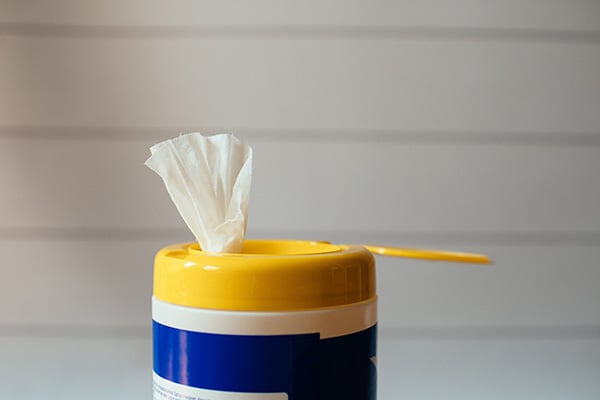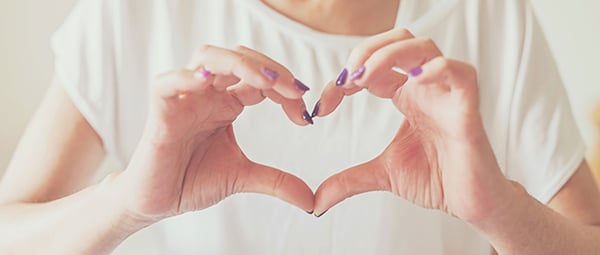
Though there is still much to learn about the coronavirus (COVID-19), we do know it is easily transmittable through close person-person contact. The virus has the ability to survive on surfaces from hours to days, depending on the surface type. The CDC has posted helpful steps everyone should take to minimize the impact of COVID-19 on their environment. In addition, they have provided a variety of cleaning and disinfecting recommendations for homes, healthcare facilities and community-based facilities.
Steps Healthcare Facilities Should Take
• Stay informed: Monitor the CDC website or local health department for the latest COVID-19 news.
• Develop or review your facility’s emergency plan.
• Establish relationships with healthcare and public health partners in your community to aid in response, support and collaboration.
• Create a contact list of key partners and authorities to notify in the event an emergency.
Cleaning Recommendations for Community Facilities
For community-based facilities, surfaces should be cleaned with soap and water or a detergent prior to disinfecting. Disinfecting should be conducted with an approved disinfectant, a diluted household bleach solution or alcohol solution with at least 70% alcohol. Most common EPA-registered household disinfectants should be effective. For further details, please visit the CDC website at: CDC information on COVID-19
Cleaning Recommendations for the Home
Below, we have collected a series of articles dealing with disinfecting your home, cleaning surfaces and the efficacy of DIY wipes:
Recommendations on the cleaning and disinfection of households
How to use disinfecting wipes most effectively
If using bleach, be sure it is on the appropriate surface and that it is properly diluted. Follow the manufacturer’s instructions for proper ventilation. The CDC recommends the following ratio:
- 5 tablespoons (1/3rd cup) bleach per gallon of water or
- 4 teaspoons bleach per quart of water
Do not use expired bleach, as it will not be effective against the coronavirus. Also, never mix bleach with other household cleansers, as the resulting fumes can be extremely dangerous.
Hand Sanitizer
Most agree that washing your hands with soap and water for at least 20 seconds is the most effective method to keep your hands clean. But if soap and water are not on hand, sanitizing gel is an effective option. Of course, this is not news to anybody, so you may have difficulty finding some in stores. After reviewing a variety of DIY instructions on making your own, most share the same ingredients and ratios: 2 parts isopropyl alcohol, one part aloe vera gel, and a few drops of tea tree or other essential oil. For more information on DIY hand sanitizing gel, visit this article on Healthline.
Cleaning and Disinfecting Your Phone
Finally, here are some thoughts on disinfecting your phone. We carry these devices everywhere we go, constantly touching them in every imaginable environment. Yet, most of us do not clean it on a regular basis. It is important to do so now more than ever. But you must take precautions, these are expensive pieces of technology, after all. Here is a suggestion on ways to clean your phone without damage:
With a microfiber cloth, wipe down the device to remove debris and fingerprints. Do not use paper towels or tissues. Using microfiber will reduce any possibility of scratches and lint.
Wipe your phone down with a disinfectant wipe or mild soap and water. Consult your phone manufacturer's website for approved cleaning products. Apple has approved disinfecting wipes with 70% alcohol for iPhones. Samsung recommends visiting one of their stores for a UV light cleaning. Though in many cases, a moist microfiber with soap and water can suffice, just be sure to avoid getting water in any openings. For additional information on this topic, The Wirecutter is continuously updating their page on phone cleaning.


